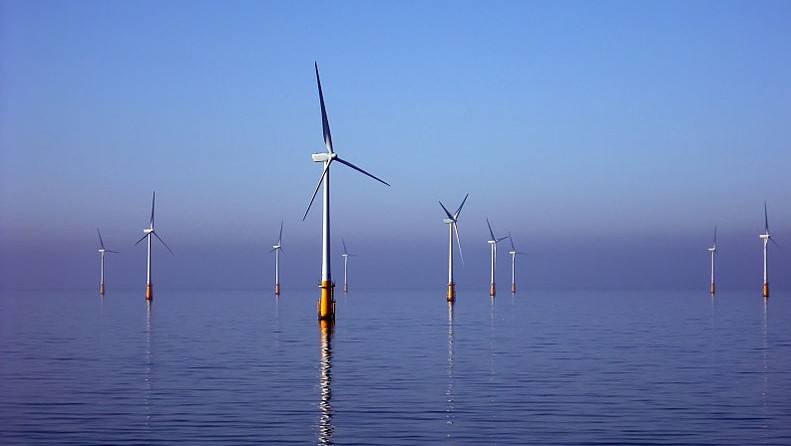What can we expect from the Renewable Heat Incentive Scheme?

August 24th, 2017
At this week’s Energy in Agriculture conference, the Environmental Minister Denis Naughten announced that the long-awaited Renewable Heat Incentive (RHI) scheme will go before cabinet next month.
The RHI is aimed at larger industrial and commercial installations outside of the EU Emissions Trading System (ETS) to change to heating solutions that produce heat from renewable sources.
First mooted in the Government’s 2014 Draft Bioenergy Plan, the RHI Scheme should stimulate growth in the domestic biomass sector in Ireland and create new commercial opportunities for farmers.
The Minister said that he expects the RHI to increase the market demand for domestic biomass by up to 110,000 tonnes of additional biomass per year.
But what else will be included in the scheme? Few details were provided by the Minister, apart from announcing that a series of more detailed announcements will be made in the run up to September’s National Ploughing Championships.
However, a presentation delivered at the conference by the Department of Communications, Climate Action, and Environment’s Frank Groome sheds some light on the new scheme.
Eligibility Criteria
Participants will be required to submit meter readings to the SEAI and must be a non-domestic heat user in the non-ETS sector which includes agriculture, transport, residential, commercial, waste and non-energy intensive industry.
Buildings must adhere to energy efficiency criteria and projects must meet efficiency, air quality, and technology standards.
The biomass used must also meet fuel quality standards and come from certified sustainable sources.
Payment
There will be tiered payment support for biomass boilers, heat pumps, solar thermal, deep-geothermal, and anaerobic digestion.
Each project approved for multi-payments will be assigned a project budget cap for a 15 year period.
The RHI will be exchequer-funded and offered to producers of renewable heat on a ‘per unit of heat produced’ basis.
2020 Target Shortfall
According to Mr Groome’s presentation, just over 6.5 per cent of heat demand was met through renewable energy. The Department also estimates that we will miss our 2020 renewable heat target of 12 per cent by three to five per cent.
Sixteen per cent of our total consumption of energy must come from renewables by 2020 in order to meet our European targets. We are currently at just over nine per cent.
[x_author title=”About the Author”]






